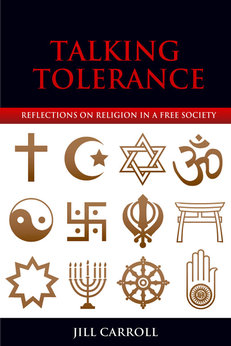Bahai Religion Basics

Shi'ite Islam is the background environment to the Bahai religion. It is the dominant form of Islam in Iran, and was the dominant form in the 19th century when the Babi movement began and eventually morphed into being the Bahai faith. Almost all its early converts were from Shia Islam, and some institutions from Shi'ite Islam find their way into Bahai religion and practice, including daily prayer, fasting, giving alms and pilgrimage. Also taken from the Shi'ite context are:
- visiting the gravesites of founders
- the notion of succession of authority by covenant or verbal designation
- the idea of "the return" of certain religious leaders in Bahai history (maybe not a literal return to earth, but a symbolic or archetypal one)
These specific features from Shi'ite Islam join more general features from other world religions. Bahai accepts a short list of prophets as legitimate manifestations or spokespersons of the one unknowable God. This list includes: Adam, Abraham, Moses, Krishna, Zoroaster, Buddha, Jesus, Muhammad, and 2 important figures from Bahai history - the Bab and Bahaullah.
This list of prophets indicates the universalism that the Bahai religion is known for. A central belief in this religion is that the many world religions are different from each other only in their specific cultural contexts, languages and concepts designed to fit a particular situation or time period. In their deep essence - and in their origin with the one God - they are the same.

Because of this belief, the Bahai religion places religious tolerance and peace at the center of its message. Bahaullah (the religion's founder) taught a kind of developmental model of religion and humanity - that after long adolescence, we were finally arriving at a maturity where the deep unity of all humanity could be realized spiritually, socially, and politically. His ultimate goal was the establishment of a just, global society. All Bahai beliefs - both theological and social - are oriented toward this goal.
For example, at the theological level, the Bahai religion affirms:
- the existence of one God
- the purpose of life is to know and worship this one God
- believers must acquire virtues, advance the unity of all people, and forward the advancement of civilization
- a recognition of the unity and relativity of religious truth from Adam through Bahaullah - that different religions reflect what God instructed for people at that time and place, which may differ from other instructions at other times and places
At the social and political level, the Bahai religion affirms:
- the full equality of men and women
- the elimination of all forms of prejudice
- the establishment of a world commonwealth of nations, including a world governing council
- a world language and script
- a universal education system that would encourage the independent search for truth by all individuals, promote the harmony of religion and science, and contribute to the removal or extreme economic disparities between the rich and poor
- a universal monetary currency and system of weights and measures
So, it is clear that the Bahai religion is not simply a set of theological beliefs, but includes a full vision for global human life at every level.

Perhaps because the religion is so young, it has very few rituals, no ordained clergy, and their sacred days are mostly historical dates related to their founders and leaders. They gather in temples throughout the world that serve their communities, as well as at the world headquarters in Haifa, Israel. At the Bahai World Center in Haifa are contained the originals of their sacred writings, which consist of the writings of their founders.
As individuals, devout believers in this faith tend to practice daily prayers, attempt to live virtuously, show high respect for science and the independent search for truth, seek out fellowship with people from all faiths, provide service to community, and avoid destructive lifestyles (i.e. alcohol, gambling, drugs, gossip, etc.).
Related Pages
Free Video Training for Teachers
Learn the best practices of bringing the world religions into your curriculum and how to deal with religious diversity in your classroom & school.
Click here to get the free training now!
World
Religions
Chart
Check out this handy chart that explains many of the world's religions. This is perfect for students, teachers and anyone who wants basic reference info at their fingertips.
Dr. Carroll's
Latest Book
Available from Amazon in both Kindle and paperback.

